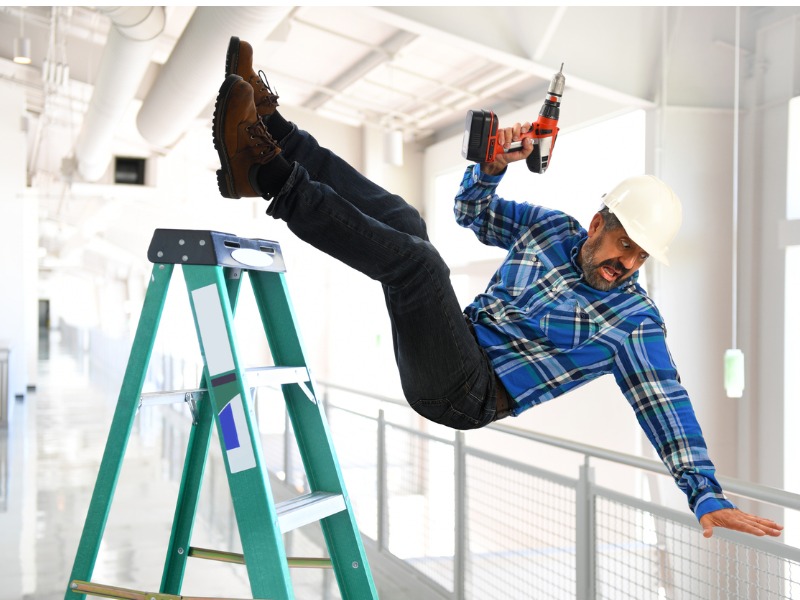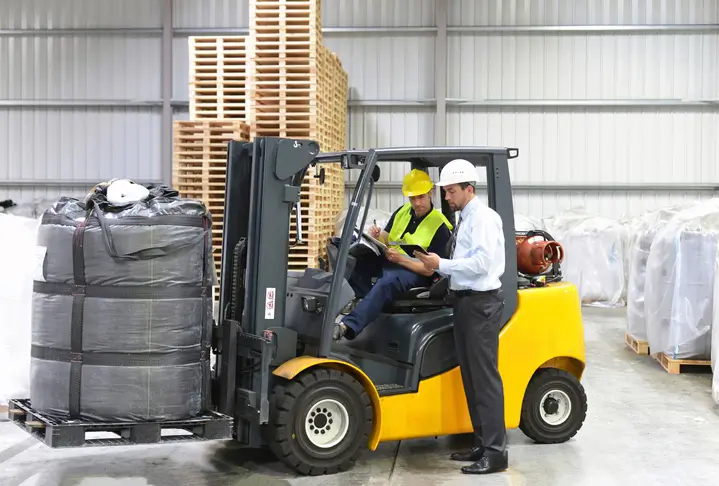The Importance of OSHA’s Portable Ladder Safety Guidelines
Ladders are an essential tool in many industries, and portable ladders, in particular, are highly versatile for various tasks. However, improper use of ladders can lead to severe injuries and even fatalities. The Occupational Safety and Health Administration (OSHA) has published guidelines to help prevent accidents and promote workplace safety. This blog will explore the key points of the guidelines provided in OSHA’s Portable Ladder Quick Card to ensure the safe usage of portable ladders.
Choosing the Right Ladder
The first step to ladder safety is selecting the appropriate ladder for the task. OSHA advises using a ladder that:
- Has the correct height to reach the work area comfortably.
- It can support the combined weight of the user and materials.
- It is appropriate for the work environment, such as a non-conductive ladder for electrical work.
Inspecting the Ladder
Before using a portable ladder, always conduct a thorough inspection. Look for:
- Damaged, bent, or missing parts.
- Loose or worn joints, rungs, or steps.
- Corrosion, cracks, or other damage.
- Grease, oil, or other slippery substances.
If any of these issues are present, do not use the ladder and report the issue immediately.
Setting Up the Ladder Correctly
Proper ladder setup is crucial for safety. OSHA recommends:
- Placing the ladder on a stable, level surface.
- Fully extending and locking the ladder sections.
- Ensuring the ladder’s side rails extend at least 3 feet above the landing.
- Using the 4-to-1 rule: For every 4 feet of ladder height, the base should be 1 foot away from the support surface.
Safe Ladder Use
When using a ladder, follow these OSHA guidelines:
- Maintain three points of contact at all times (two hands and one foot or two feet and one hand).
- Face the ladder while ascending and descending.
- Keep your body centered between the side rails.
- Do not stand on the top three rungs of a straight, single, or extension ladder.
- Avoid overreaching; instead, move the ladder to a more suitable position.
- Do not move or shift a ladder while someone is on it.
- Use a tool belt or an assistant to transport tools and materials, avoiding carrying them while climbing.
Proper Ladder Storage and Maintenance
Proper storage and maintenance of portable ladders are essential for longevity and safe use. Follow these tips:
- Store ladders in a designated area, protected from weather and potential damage.
- Regularly inspect and maintain ladders according to the manufacturer’s guidelines.
- Remove damaged ladders from service and tag them until they are repaired or replaced.
Training and Communication
To prevent accidents, ensure that employees are adequately trained in ladder safety, including:
- Understanding the guidelines provided by OSHA and the ladder manufacturer.
- Knowing how to select, inspect, set up, and use portable ladders properly.
- Recognizing and addressing potential hazards associated with ladder use.
Additionally, encourage open communication about ladder safety and ensure employees feel comfortable reporting concerns or incidents.
Conclusion
Portable ladders are valuable in various industries, but they can pose significant risks if not used properly. Adhering to OSHA’s Portable Ladder Quick Card guidelines can significantly reduce the risk of accidents and ensure a safer work environment. By choosing the right ladder, inspecting it thoroughly, setting it up correctly, using it safely, maintaining and storing it properly, and providing appropriate training and communication, employers and employees can work together to create a safer workplace. Remember, ladder safety is everyone’s responsibility, and following OSHA’s guidelines can help prevent injuries, save lives, and create a more productive work environment. Stay informed and stay safe!






